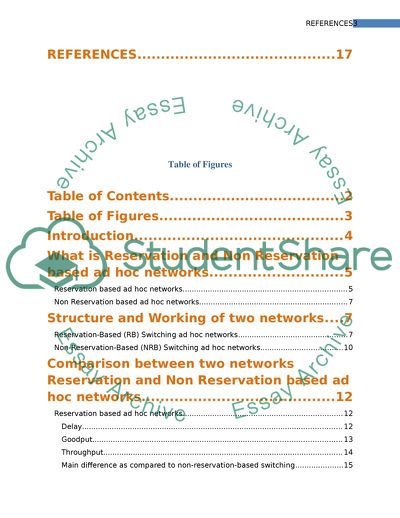Cite this document
(Reservation and Non Reservation Based Ad Hoc Networks Term Paper, n.d.)
Reservation and Non Reservation Based Ad Hoc Networks Term Paper. Retrieved from https://studentshare.org/information-technology/1715564-reservation-and-non-reservation-based-ad-hoc-wireless-networks
Reservation and Non Reservation Based Ad Hoc Networks Term Paper. Retrieved from https://studentshare.org/information-technology/1715564-reservation-and-non-reservation-based-ad-hoc-wireless-networks
(Reservation and Non Reservation Based Ad Hoc Networks Term Paper)
Reservation and Non Reservation Based Ad Hoc Networks Term Paper. https://studentshare.org/information-technology/1715564-reservation-and-non-reservation-based-ad-hoc-wireless-networks.
Reservation and Non Reservation Based Ad Hoc Networks Term Paper. https://studentshare.org/information-technology/1715564-reservation-and-non-reservation-based-ad-hoc-wireless-networks.
“Reservation and Non Reservation Based Ad Hoc Networks Term Paper”, n.d. https://studentshare.org/information-technology/1715564-reservation-and-non-reservation-based-ad-hoc-wireless-networks.


